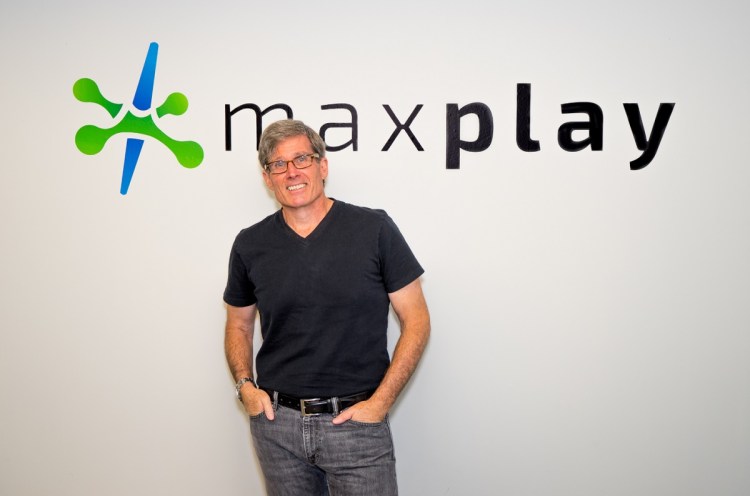When MaxPlay debuted its new game engine for the cloud era in 2015, it wanted disrupt the business of providing tools for game developers. But the company fell short of those goals, and after a failed transaction, MaxPlay laid off most of its 70 employees on September 30.
CEO Sinjin Bain said in an exclusive interview with GamesBeat that the San Francisco-based company fell short on money after it failed to pull off a transaction that would have given it more funds to get its MaxCore game engine to the market. He said it continues to operate on a skeleton crew with the aim of licensing the technology to others.
“For a variety of reasons, more on the side of the money guys and not because of us, the transaction didn’t go through,” Bain said. “At the last minute, they pulled out of their commitments and left us in a very difficult place. We had several groups looking to acquire us, and for a variety of reasons those didn’t pan out.”
Bain said he couldn’t share further details, but he did share that many of the employees have already been hired by Amazon for its Lumberyard game engine, The Void virtual reality firm, and the augmented reality company Magic Leap.

Above: The MaxPlay Game Development Suite lets you view tools (such as Maya) in real-time.
“Our team was so powerful it has almost all been hired by other groups,” he said. “Our company still exists, and we are looking at opportunities to license the code base.”
MaxPlay was a big bet with some hefty capital investment requirements, as the company was going up against rivals such as Epic Games, Unity Technologies, and Amazon.
“We were building an enterprise software platform,” Bain said. “It was a very expensive proposition, with high potential rewards.”
The company made a lot of progress toward its goal. It spun out of Technicolor, where it was incubated, in 2015. And as of that time, it had raised $17 million in funding and built a sizable team in San Francisco and in Austin, Texas, to create a cloud-based game engine. The idea was to enable game developers in a wide number of geographic locations to work together, on the same file, simultaneously. MaxPlay demonstrated this technology, as well as tech that it called MaxCore, which was aimed at dramatically improve the performance of games or virtual reality apps.
MaxPlay went through extended beta testing with customers and it also was in the midst of early access of a beta for its developers.
“We had a number of developers signed and working with the code,” Bain said. “We had no shortage of people.There was a high demand and high interest in what we were doing. That is what was so disappointing. I think you will see several companies license our technology.”
Bain argued that game engines created more than a decade ago hadn’t kept pace with change. His company was using scalable enterprise software technologies. Now, Bain said that he is talking to a number of other companies about licensing MaxPlay’s code base.
“This has nothing to do with the competition,” Bain said. “It has to do with the funding issue. I think there is huge demand for new approaches with game engine technology.
VentureBeat's mission is to be a digital town square for technical decision-makers to gain knowledge about transformative enterprise technology and transact. Learn More

